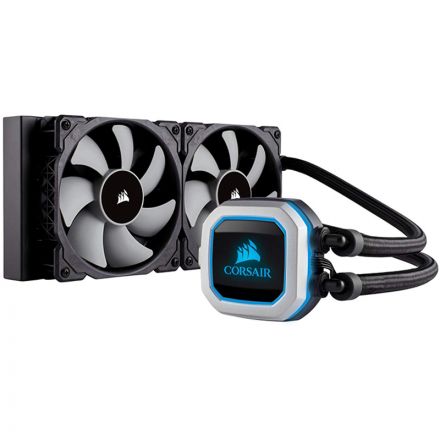This website uses cookies to ensure you get the best experience on our website. Read more


Categories: Technology
Posted: January 29, 2024
In the rapidly evolving landscape of technology, the heart of every electronic device lies in its processor. Over the years, we have witnessed a remarkable journey from the humble dual-core processors to the powerhouse octa-core beasts that now power our smartphones, laptops, and desktops. This transformation has not only revolutionized the way we interact with our devices but has also set the stage for unprecedented computing capabilities. In this blog post, we will delve into the world of processor cores, exploring their evolution, impact, and the considerations users should keep in mind when navigating through the myriad of options available today.
The Dual-Core Era
Not too long ago, dual-core processors marked a significant leap forward in computing power. These processors, equipped with two processing cores, allowed for better multitasking capabilities and improved performance compared to their single-core counterparts. Tasks such as running multiple applications simultaneously, handling complex calculations, and executing resource-intensive processes became more efficient with dual-core processors. It was a pivotal moment that laid the foundation for the multi-core era.
Quad-Core and Beyond
As technology advanced, the demand for increased computing power led to the introduction of quad-core processors and beyond. The quad-core configuration, featuring four processing cores, further enhanced multitasking and computing capabilities. Applications designed to take advantage of multiple cores witnessed significant performance boosts. Tasks such as video editing, 3D rendering, and gaming became smoother and more responsive with quad-core processors.
The Rise of Octa-Core Processors
In recent years, the octa-core processor has emerged as a standard in high-performance computing devices. With eight processing cores, these processors offer unparalleled speed and efficiency. Octa-core architectures are particularly beneficial for handling complex tasks, running virtual machines, and providing a seamless experience for demanding applications.
Applications and Workloads
The impact of processor cores extends beyond raw computing power. Different applications and workloads benefit from varying core configurations. For example, content creators and professionals working with resource-intensive software may find octa-core processors more suitable for their needs. On the other hand, casual users who primarily engage in web browsing, word processing, and basic multitasking may find quad-core or even dual-core processors sufficient.
Considerations for Users
When navigating the world of processor cores, users should consider their specific needs and use cases. Here are a few key factors to keep in mind:
Intended Use: Assess your computing needs. If you are a gamer, content creator, or professional running resource-intensive applications, a higher core count may be beneficial.
Budget: Higher core counts often come with a higher price tag. Consider your budget constraints and find a balance between performance and cost.
Future-Proofing: Technology is ever-advancing. While an octa-core processor may be suitable for current needs, consider future applications and software updates that may demand more processing power.
Efficiency: Not all applications benefit equally from multiple cores. Some tasks may be better optimized for single-core or dual-core performance. Assess the efficiency of your most frequently used applications.
Conclusion
From the era of dual-core processors to the dominance of octa-core architectures, the world of processor cores has witnessed a remarkable evolution. As users, understanding our computing needs and staying informed about the capabilities of different core configurations empowers us to make informed decisions. Whether you're a gamer pushing the limits of graphics and performance, a content creator editing high-resolution videos, or a casual user navigating the web, the right processor core count can significantly enhance your computing experience. Embrace the power of multiple cores, and let your devices take you on a journey through the ever-expanding landscape of technology.














